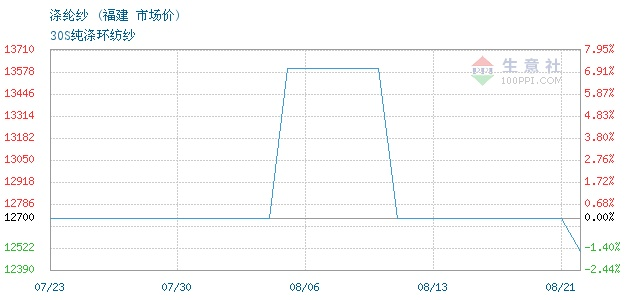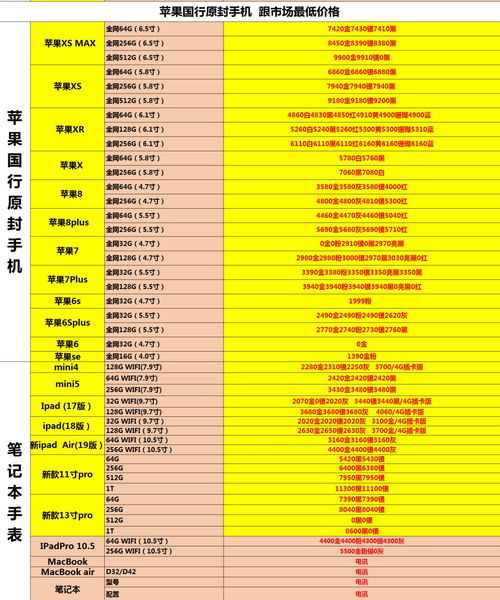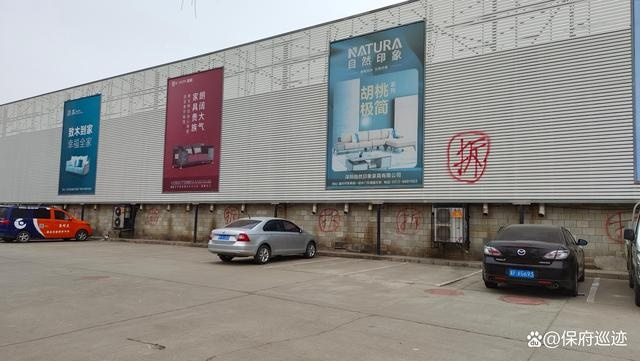Practical Report on Textile Dyeing Techniques
This practical report provides a comprehensive overview of the textile dyeing techniques used in the production process. The report discusses various dyeing methods such as direct dyeing, reactive dyeing, and acid dyeing, each with their own advantages and disadvantages. The report also covers the selection of appropriate dyes and their application methods, including the use of additives, fixatives, and other chemicals. The report concludes with a discussion on the environmental impact of these dyeing processes. Overall, this practical report is an essential resource for anyone involved in the textile industry, providing valuable insights into the complex world of dyeing techniques.
Introduction Dyeing, the process of applying dyes to fibers, is a fundamental step in the textile industry. It not only enhances the aesthetic appeal of fabrics but also imparts colorfastness and resistance to various environmental factors such as sunlight and moisture. In this practical report on textile dyeing techniques, we will delve into the various methods used for dyeing cotton, linen, wool, silk, and synthetic materials. We will examine the selection of colors, the choice of dyes and their applications, and discuss the importance of quality control during the dyeing process. Additionally, we will present an example of a successful dyeing operation using a specific material and its outcomes. Finally, we will highlight challenges faced and provide insights into how these can be overcome to improve the efficiency and quality of dyeing operations.
Color Selection The choice of color depends on the end application of the fabric, the desired shade or tone, and the type of fabric being dyed. For instance, a light-colored garment may require a brighter, more vibrant color, while a dark-colored piece may benefit from a muted, earthy tone. When selecting colors for cotton fabrics, it is essential to consider factors like the natural color of the yarn and the intended effect. For instance, some cotton fabrics are naturally white, which necessitates a different approach to achieving a specific shade. Similarly, linen fabrics often have a softer, more muted appearance that requires a subtle color contrast to bring out their unique texture. In cases where the desired shade is not readily available, alternative dyes may be blended to achieve the desired result.
Dye Choice and Application There are various types of dyes available in the textile industry, each suited for different materials and applications. For instance, acid dyes are commonly utilized for cotton, linen, and wool, whereas reactive dyes are preferred for synthetic fabrics. Acid dyes work by breaking down the fiber's natural protein structure, allowing the dye molecules to penetrate and adhere to the fiber surface. This process results in a deep, rich color that is resistant to washing. Conversely, reactive dyes react with the fiber chemically to create a permanent color, which fades over time due to exposure to light, heat, and chemicals.
Application techniques also vary depending on the dye and the fabric being dyed. For instance, direct dyeing involves applying the dye directly onto the fabric without any preliminary processing steps. On the other hand, pad-batch dyeing involves applying a thin layer of the dye to the fabric before it is immersed in a batch bath. The choice of dye application technique depends on the desired level of color intensity and the complexity of the fabric.

Quality Control Quality control is crucial in ensuring that the fabric produced meets the standards set forth by regulatory agencies and customer expectations. This includes monitoring the dyeing process from start to finish, checking for uniformity in color intensity across the batch, and ensuring that the finished product passes all necessary inspections. Failure to meet these standards can result in defects like uneven shades, discoloration, or even failure to pass safety testing. To address these issues, regular training sessions are organized for staff to understand best practices and procedures. Additionally, equipment maintenance and calibration are performed regularly to minimize errors and ensure consistent performance.
Case Study: Successful Dyeing Operation To illustrate the practical application of dyeing techniques discussed in the previous sections, let us consider a recent successful dyeing operation involving a linen fabric produced at a high-end fashion house. The client had requested a specific shade called "Emerald Green," which was difficult to achieve through traditional dyeing methods. To tackle this challenge, the team decided to use a combination of two dyes - one acidic and one reactive - to create the desired color. They also optimized the dye application technique to achieve a more uniform color across the batch.
After the dyeing process was completed, the fabric underwent rigorous quality control checks. The final product passed all necessary inspections, including color consistency, uniformity, and durability tests. The client was thrilled with the outcome and expressed satisfaction with the level of detail and care taken in producing such a beautiful and durable piece of clothing.
Challenges and Solutions Despite numerous successes, dyeing operations come with their share of challenges. One common problem is achieving the desired color intensity consistently across the batch. To mitigate this, teams can employ advanced dye mixing technologies that allow for precise dosing of dyes and optimize their interaction with the fiber. Another challenge is maintaining consistent quality control throughout the process. To address this issue, regular training sessions and equipment upgrades can help staff become more proficient in handling dyeing techniques and equipment. Finally, working with a reliable supply chain is crucial for ensuring the availability of high-quality dyes and ingredients. By collaborating with suppliers who prioritize sustainability and environmental responsibility, dyeing operations can balance cost savings with environmental benefits.
Conclusion In conclusion, textile dyeing techniques play a vital role in transforming raw materials into high-quality products that meet consumer demands. By understanding the various methods and their applications, as well as implementing effective quality control measures, industries can produce fabrics with enhanced color depth, uniformity, and durability. The successful case study provided demonstrates how innovative solutions can overcome challenges faced during dyeing operations. As technology continues to advance, we can expect even more sophisticated techniques to emerge, leading to further improvements in textile production and design.
随着纺织行业的快速发展,纺织品印染技术作为其中的重要环节,对于提升产品质量、满足市场需求具有重要意义,本次实践报告将详细介绍纺织品印染技法的实践过程,包括印染工艺流程、技术应用、实践案例等,旨在为相关从业者提供参考。
纺织品印染工艺流程
原料准备
在纺织品印染工艺流程中,首先需要对原料进行准备,包括纤维原料、染料、助剂等,纤维原料的选择应根据产品需求和织物类型来确定,而染料的选择则需考虑色彩鲜艳度、牢度、环保性等因素。
染色工艺
染色工艺是纺织品印染的核心环节,主要包括浸染、印花、轧染等工艺,浸染是通过将纤维浸入染液中,使纤维表面与染料发生化学反应,达到染色目的;印花则是通过图案设计在织物表面形成图案;轧染则是通过高温处理去除多余的染料,达到固色目的。

印花技术
印花技术包括平网印花、圆网印花、数码印花等多种技术,平网印花是最常见的印花技术之一,具有操作简单、成本低廉等优点,在实践过程中,需要根据织物类型、图案设计等因素选择合适的印花技术。
技术应用
染色剂选择
在纺织品印染过程中,染色剂的选择至关重要,常用的染色剂包括活性染料、酸性染料、碱性染料等,在选择染色剂时,需要考虑其色泽鲜艳度、牢度、环保性等因素,还需要注意染色剂的稳定性、使用寿命等性能指标。
印花设备介绍
印花设备是纺织品印染过程中的重要设备之一,包括平网印花机、圆网印花机、数码印花机等多种设备,不同类型的印花设备具有不同的特点和应用范围,需要根据实际需求选择合适的设备。
实践案例分析
以某品牌纺织品为例,介绍其印染实践案例,该品牌采用先进的纺织品印染技术,通过多种工艺流程实现了高质量的纺织品生产,具体实践过程如下:
- 原料准备:选用高质量的纤维原料和环保型染料,确保产品质量和环保性。
- 染色工艺:采用平网印花技术,根据图案设计在织物表面形成精美图案,在染色过程中,严格控制温度、时间等参数,确保染色效果和质量。
- 设备选择:选择先进的印花设备,包括高效能平网印花机和智能控制系统等,提高生产效率和产品质量。
- 实践效果:该品牌纺织品具有色彩鲜艳、牢度好、环保性高等优点,深受消费者喜爱,该品牌还注重技术创新和绿色发展,不断提高生产效率和产品质量水平。
纺织品印染技术是纺织行业中的重要环节,对于提升产品质量、满足市场需求具有重要意义,本次实践报告介绍了纺织品印染技法的实践过程和具体应用,同时通过实践案例分析展示了该技术的应用效果和优势,在未来的纺织品印染过程中,需要不断探索和创新,提高印染技术水平,满足市场需求。
Articles related to the knowledge points of this article:
The Constraints of Phosphorus in Textile Products:A Global Perspective
The Story of XiAn Citys New Districts黛美丝纺织品批发部
A Guide to the Stone Qingshaji Simple Needlework and Textile Wholesale Market
The Role of Textiles in the Visual Experience of Furnishing Spaces



